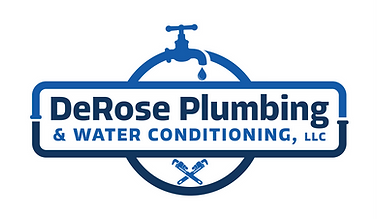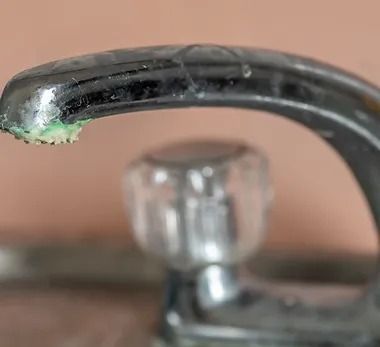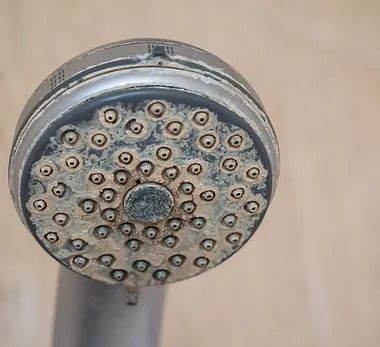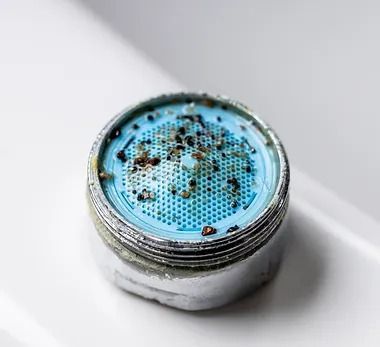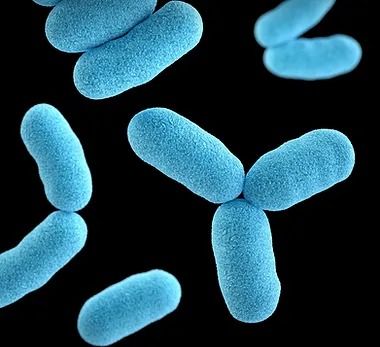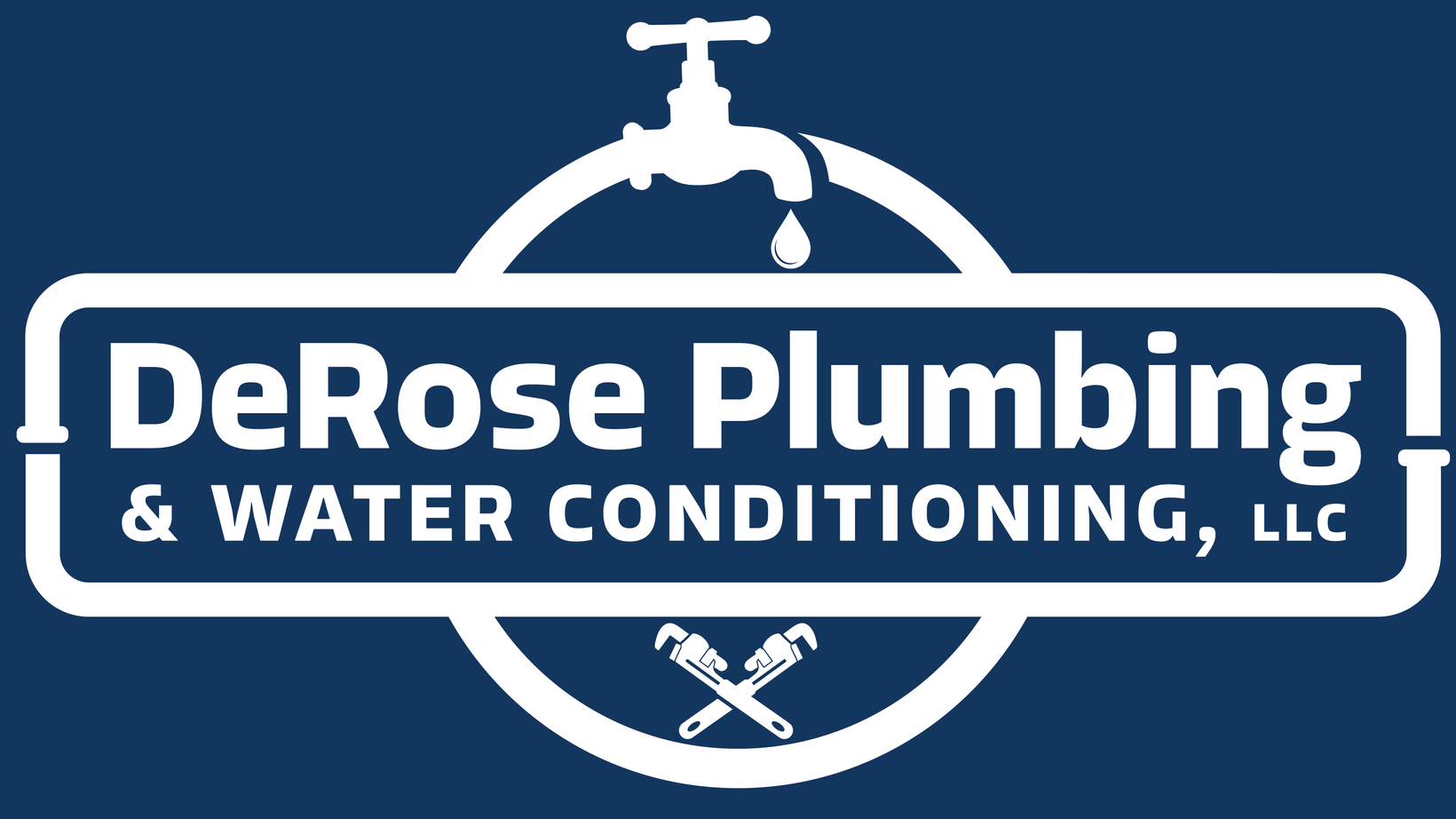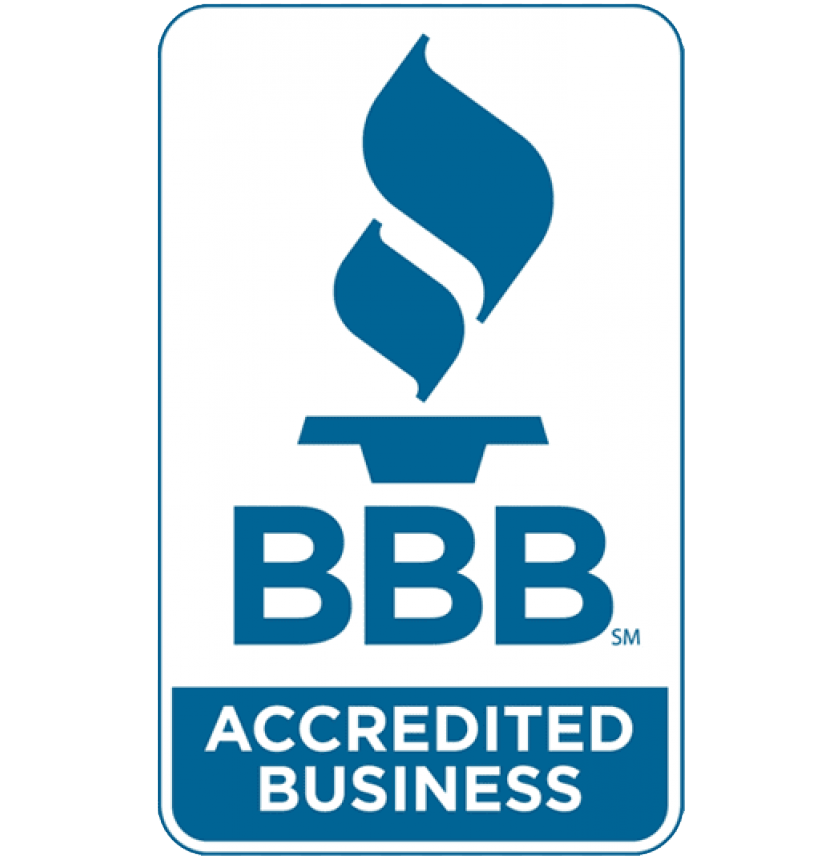Water Quality Issues
Water Quality Solutions by DeRose Plumbing
Clean Water for Your Home
Below is a list of common water quality issues and typical remedies for clean, & comfortable water!
Acidity
Acidity is caused by low pH. Acidity in the water mimics “hungry water” that tends to strip & corrode metal piping & fixtures. You will often see green staining around fixture drains and faucets. Common Installation solutions: Calcite neutralizer Chemical feed pump
Hardness
Hard water, caused by high calcium and magnesium, clogs shower heads, leaves spots, and creates white build-up. It shortens appliance life and complicates cleaning. Common solutions include installing a water softener (preferred) or using de-scalers and citrus filters. *Water softeners add minimal salt.
Sediment
Sediment, caused by small particles from piping breakdown or mineral release during pressure changes, is common in well water as underground veins supply fresh water. Common solutions include sediment filter housing and backwashing sediment filters.
Iron
Iron is often confused with other sediments. Despite being filterable, ferrous iron can bypass standard filters, leading to toilet bowl stains after oxidizing. This mineral clogs pipes, stains fixtures, and shortens plumbing parts’ lifespan. Solutions include air injection oxidation filters, water softeners, and larger filter housings or backwashing filters.
Taste & Odor
Bad tasting and smelly water can be frustrating, whether it’s a fishy taste and smell from exaggerated pH levels, a rotten egg odor, or chlorine, we can help! Common installation solutions include air injection filters bedded with sulfur removal media and carbon filters.
Nitrates
Nitrates in well water are typically caused by runoff or leakage from fertilized soil, wastewater, landfills, septic systems, or other mixed drainage. Common installation solutions include reverse osmosis systems and nitrate removal softeners.
Chlorides
High levels of chlorides, often detectable during a basic Total Dissolved Solid test, may affect those near storm-water runoff. They can infiltrate well water through dissolved road salts, swimming pool leaks, or nearby water softener discharge. Chlorides can corrode metal piping and plumbing equipment despite neutral pH. A common solution is a reverse osmosis system, available for point-of-use, under-sink, or whole-house applications.
Bacteria
Bacteria in well water may result from damaged well casing at the well head, improper installation, or cross-contamination from nearby septic systems. Common solutions include forced chlorination, depending on local regulations and bacteria type, or the installation of an Ultra-Violet Sterilization System.
Total Dissolved Solids
High levels of TDS can result from an abundance of dissolved minerals and the presence of chlorides, with common elements such as calcium and magnesium. Elevated TDS levels can affect water taste and hinder some water treatment methods’ effectiveness, common solutions being reverse osmosis and carbon filtration for taste.
Worry-Free, Upfront Pricing
OPENING HOURS
Monday - Friday
8:00 AM - 4:00 PM
Saturday & Sunday
By Appointment Only
Site managed by Create Socially
